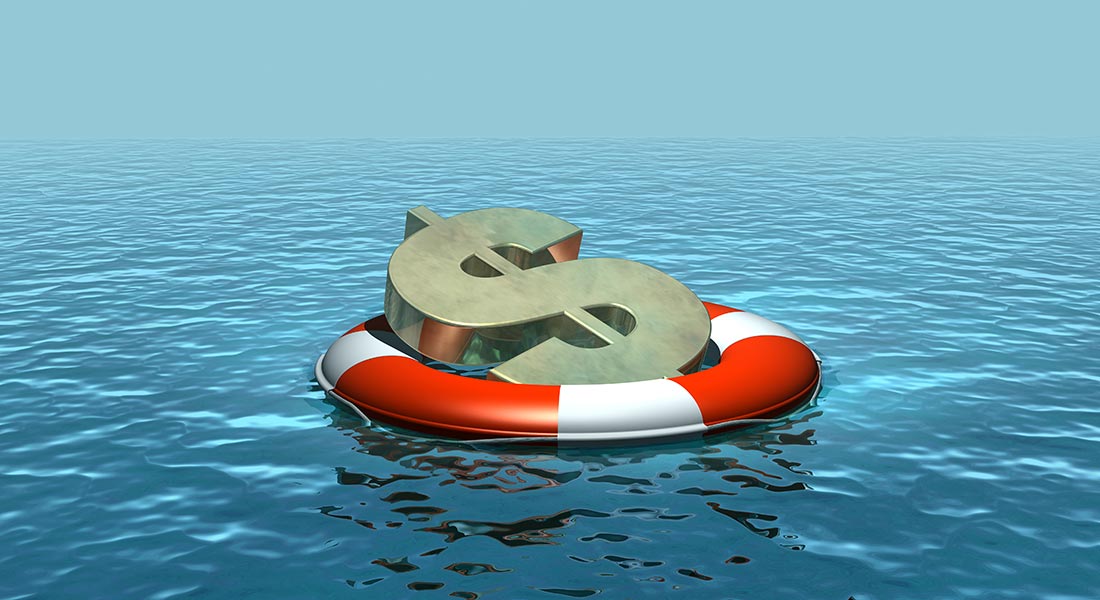Estimated reading time: 5 minutes
Many problems can result when small businesses sustain physical damage from natural disasters. First, the company might need to close down temporarily to prevent further damage to the structure and keep employees and customers safe. Second, equipment and technology critical to business operations might get damaged beyond repair. Lastly, inventory and supplies might get damaged or lost altogether. These problems can have a considerable financial impact on businesses, particularly for companies that are not adequately prepared for natural disasters.
The cost to repair a damaged business, replace equipment, and restock inventory and supplies can be very expensive. However, the Small Business Association (SBA) provides business physical disaster loans to help small businesses affected by natural disasters. This Balboa Capital blog article features SBA business physical disaster loan information that we think you will find helpful and informative.
SBA business physical disaster loan eligibility requirements.
For small business owners dealing with the aftermath of a natural disaster, one common question they ask is, “what’s next?” Of course, business owners want to get their companies up and running as fast as possible after a natural disaster, but doing so might require a significant amount of capital. Small businesses in Presidential and SBA-declared disaster areas may be eligible for disaster loan assistance. The SBA website has a list of declared disaster areas (by state) that is updated regularly.
If your small business is located in a declared disaster area and has suffered physical damage, financial assistance from the SBA might be an option. The SBA Disaster Assistance Program includes business physical disaster loans, which cover property damage incurred by natural disasters. Small businesses, small agricultural operations, and many private nonprofit organizations can qualify if they meet the SBAs borrowing requirements.
The requirements include collateral for loan requests of $25,000 and above. Real estate is the preferred form of collateral for SBA business disaster loans, but exceptions exist. For example, loan requests up to $200,000 will not require the business owner to use their primary residence if the owner has verifiable assets with the same (or greater) value than the amount of funding needed.
How to apply for an SBA business physical disaster loan.
You can apply for a business physical disaster loan on the SBA website. Or you can also submit a hard copy of your loan application by mail. Your loan application will require a signed and dated copy of IRS Form 4506-T, the Request for Transcript of Tax Form. If deemed necessary, the SBA will contact you to schedule a time for an inspector to visit your business and assess its damage.
An SBA loan officer will review your application and contact you if any additional information needs to be provided. The time it takes to receive a decision regarding your loan will vary, but the SBA typically provides answers in two to four weeks. You can help speed the process by ensuring that all required loan documents are correctly completed and legible and that everything is signed and dated.
Disaster loan amounts and interest rates.
SBA business physical disaster loans of up to $2 million are available. The funds can be used to replace or fix the damaged property, equipment, machinery, fixtures, and inventory. Loans can also be used to cover the cost of specific leasehold improvements.
If you cannot secure funding or credit from a bank, credit union, or another lending resource, the interest rate on your SBA business physical disaster loan will not surpass 4%. The interest rate will not exceed 8% if you can secure funding or credit. SBA business physical disaster loans have repayment terms of up to 30 years, and there are no prepayment fees or penalties. The SBA will do its due diligence to determine if you have funding or credit available elsewhere.
Lastly, this type of loan can be increased by up to 20% of the physical damages caused by a natural disaster to mitigate against potential damage in the future. But, again, ask your SBA loan agent for more details, as every business owner’s situation is different.
What to do after a natural disaster.
Determining what to do after a natural disaster affects your small business is challenging. The reason is that there are many things to prioritize, and each one is important. Once you get organized and evaluate the situation, consider updating your company’s website to let your customers, vendors, and suppliers know what happened, and include any information relating to product or service delays. Then, when people see that a natural disaster has impacted your small business, they are likely to have patience and empathy. You can also post this information on the social networks that your company uses.
Next, contact your insurance company and file a claim. Hopefully, you will have enough insurance coverage to cover the costs of a natural disaster. Finally, check to ensure all your business’s essential documents and records are safe and secure.
Conclusion.
Natural disasters such as earthquakes, hurricanes, floods, wildfires, and tornadoes can strike anywhere, often without warning, and the results can be devastating. Disasters can damage or destroy homes and buildings, trigger power outages, ruin roads and highways, and cause personal injury. In the hours or days following a natural disaster, local police and emergency personnel work with the community to assess the damage and ensure everyone is safe and accounted for.
If the natural disaster is major and causes extensive property damage, the area may receive a “disaster declaration” and qualify for services from the Federal Emergency Management Agency (FEMA). For many small business owners whose companies were damaged by a natural disaster, SBA business physical disaster loans provide the financial relief they need.
Balboa Capital, a Division of Ameris Bank, is not affiliated with nor endorses the Small Business Administration or the Federal Emergency Management Agency. The opinions voiced in this material are for general information only and are not intended to provide specific advice or recommendations for any individual.
